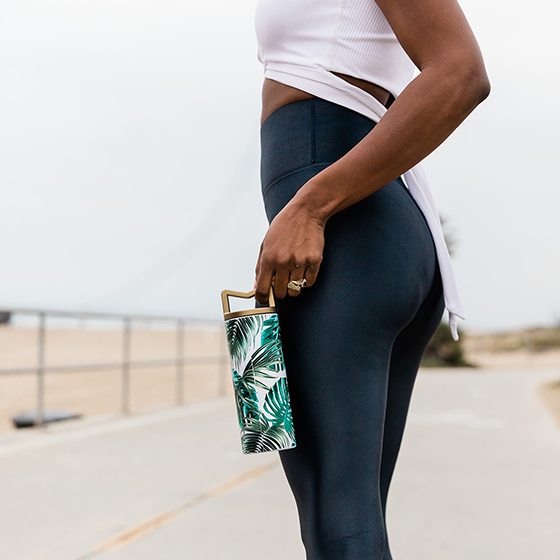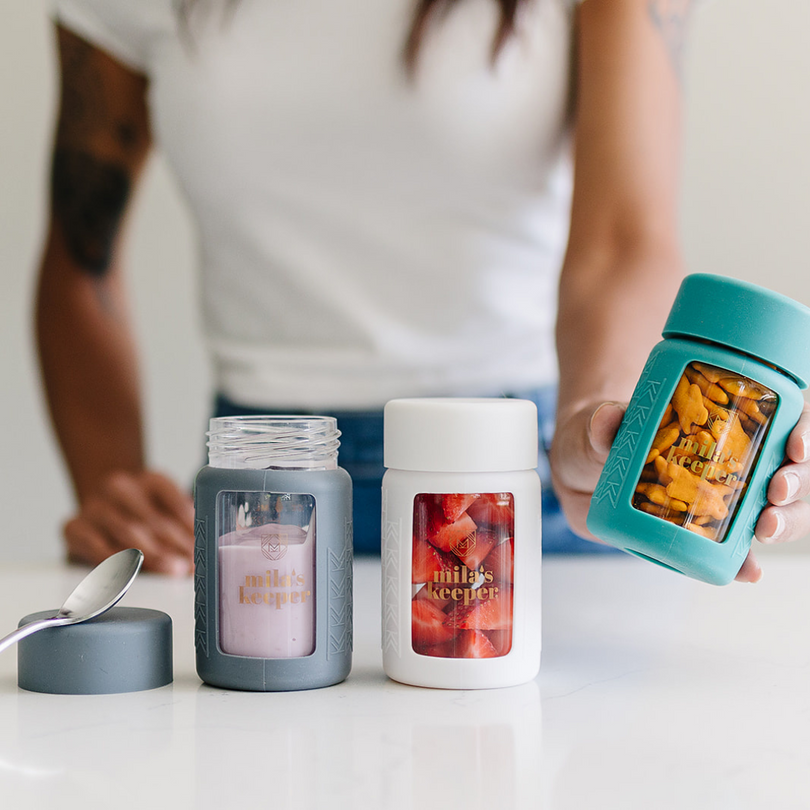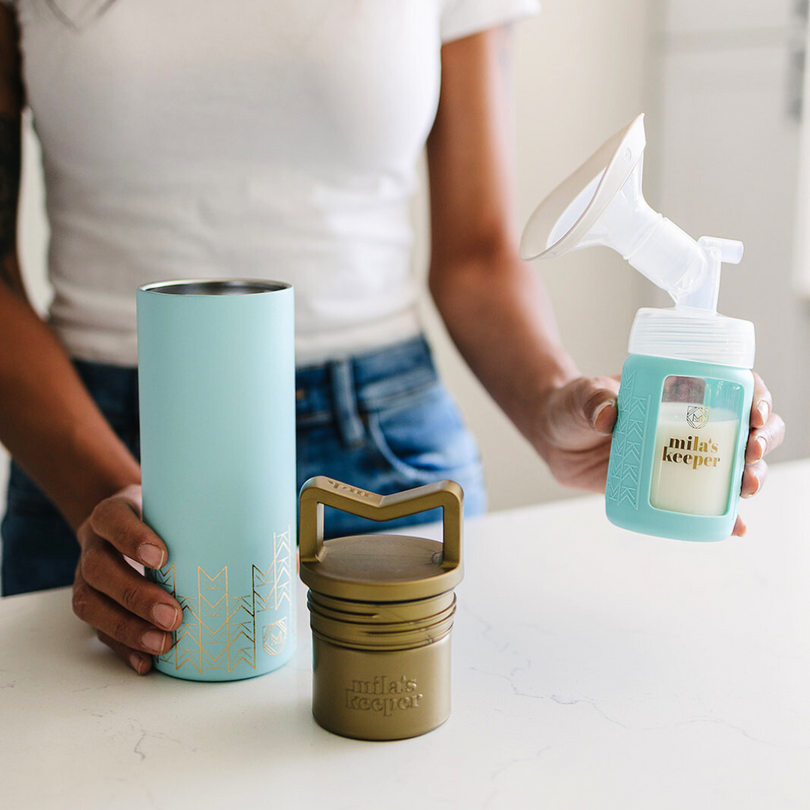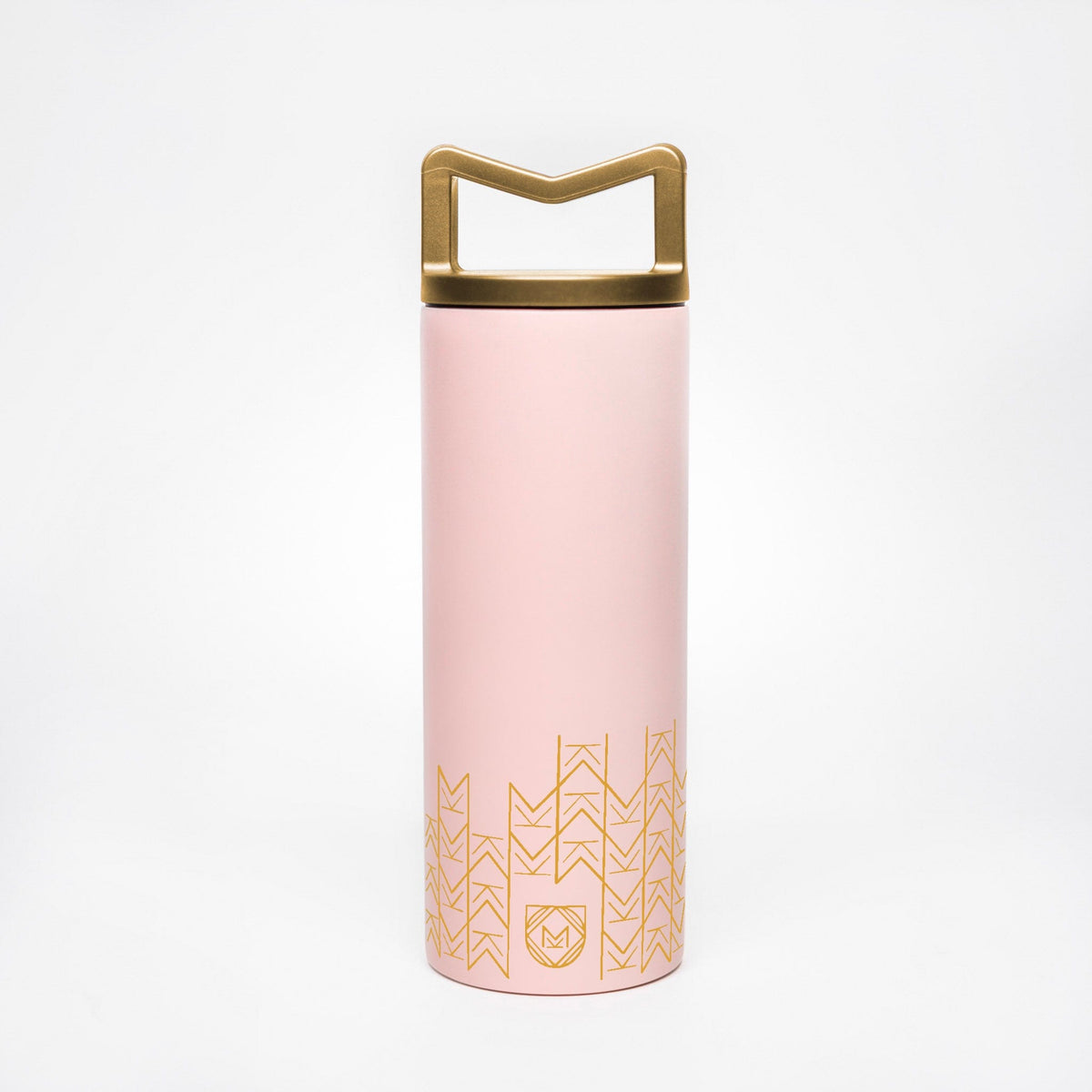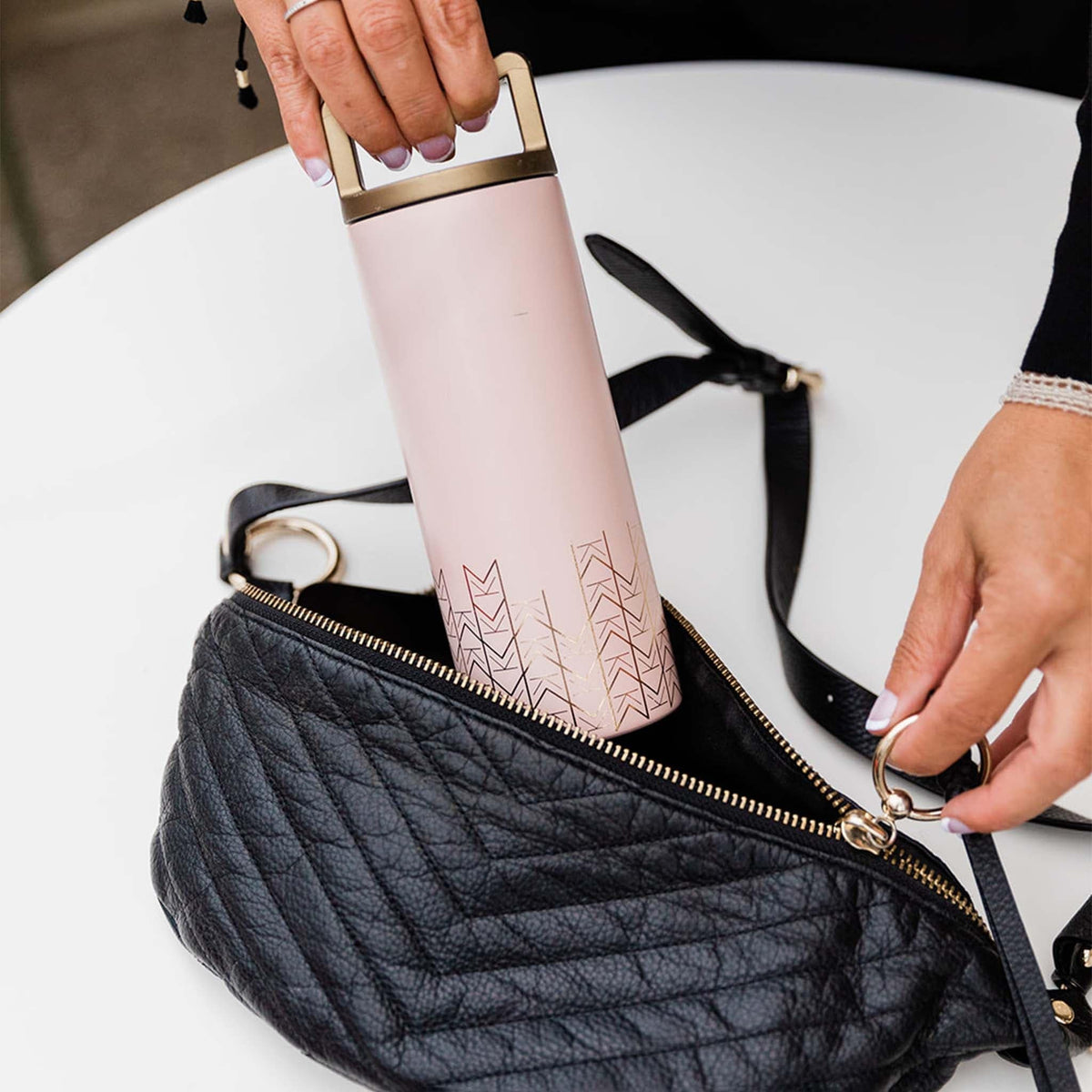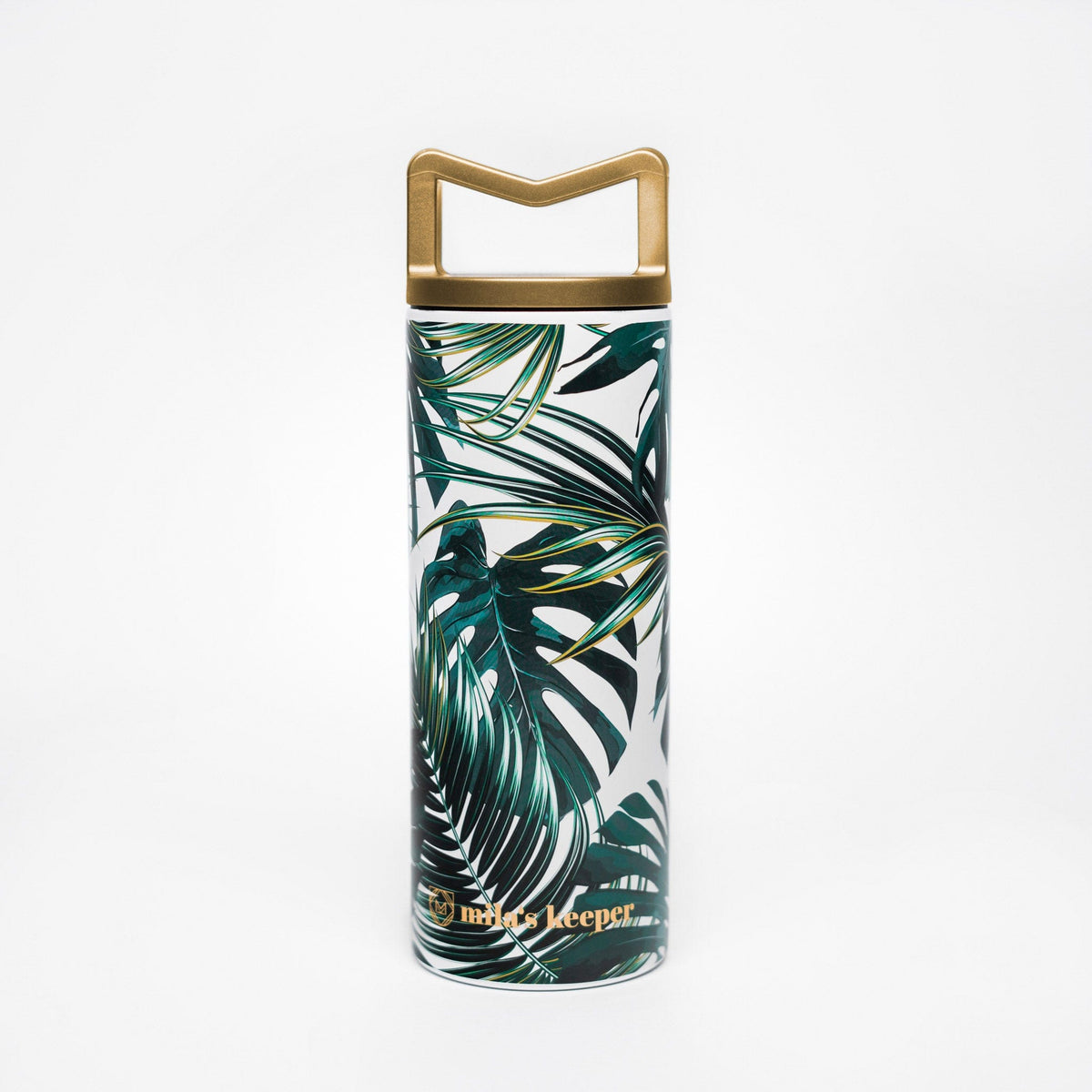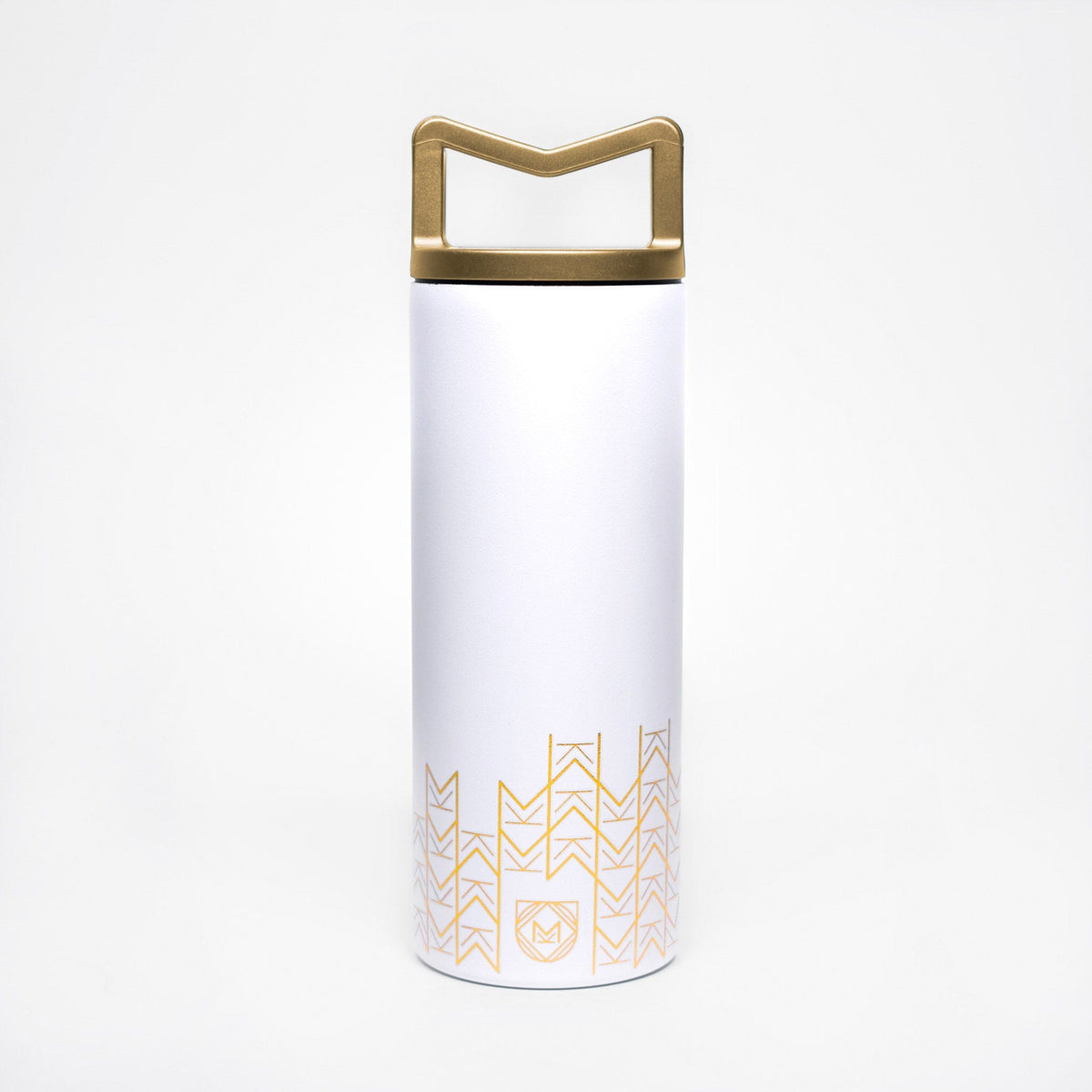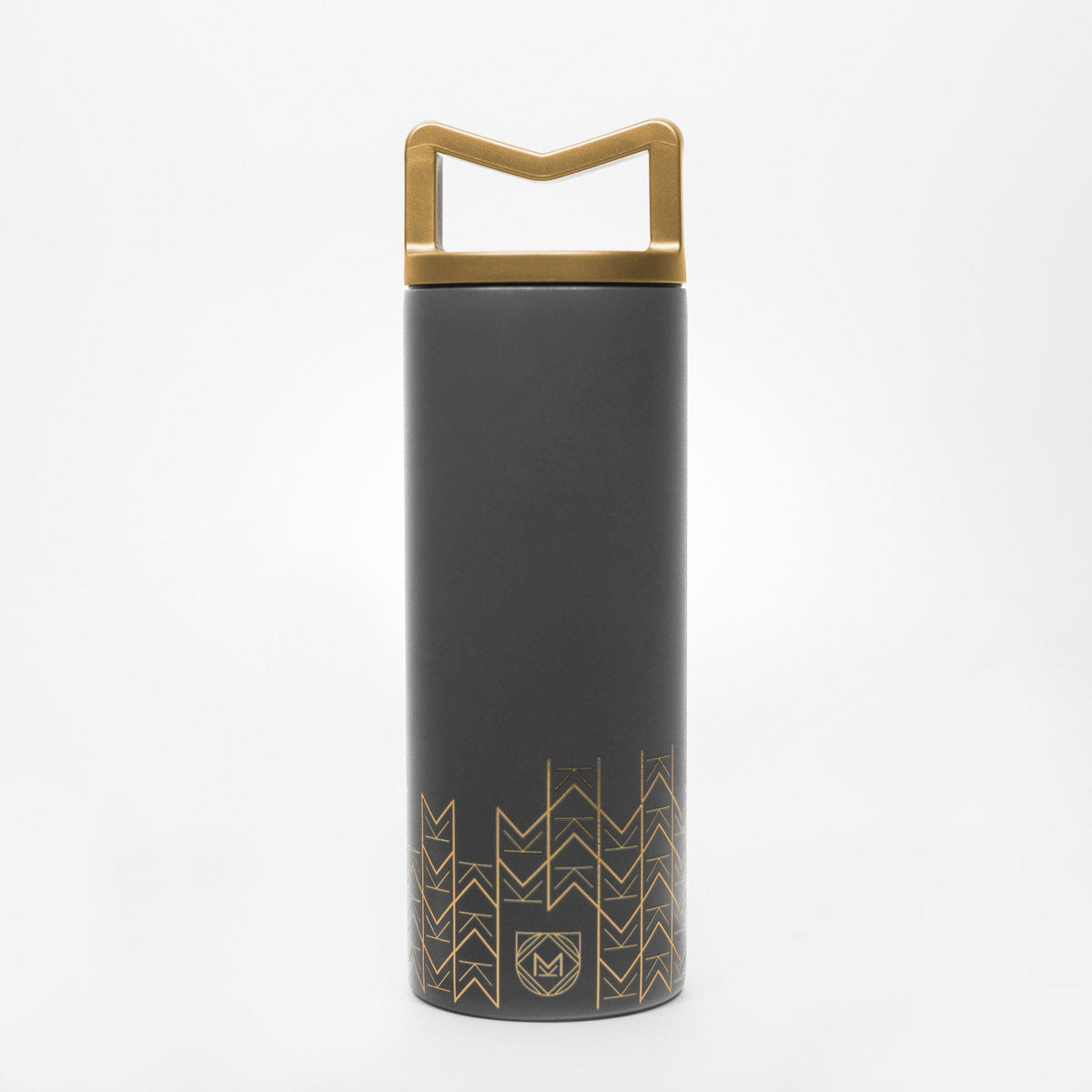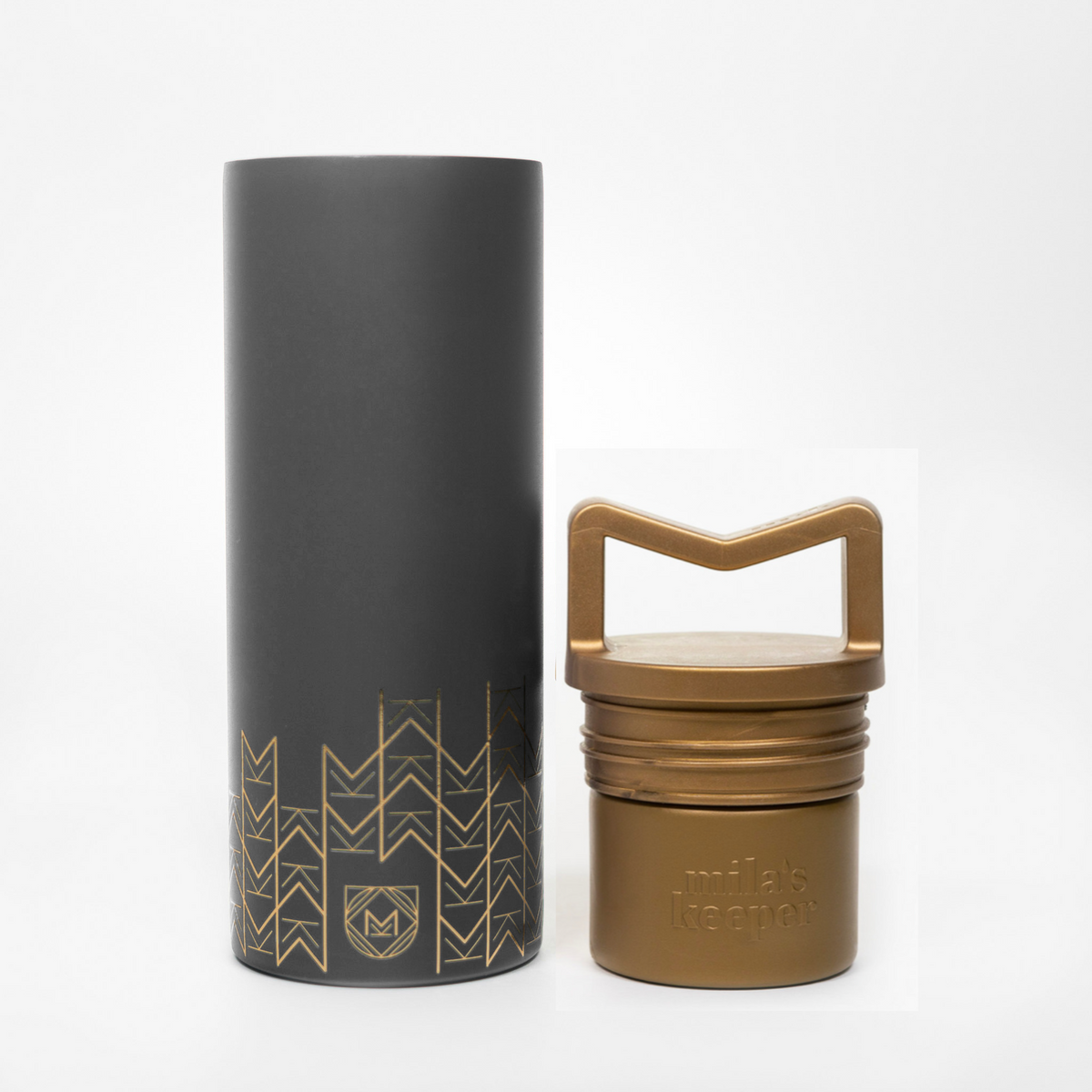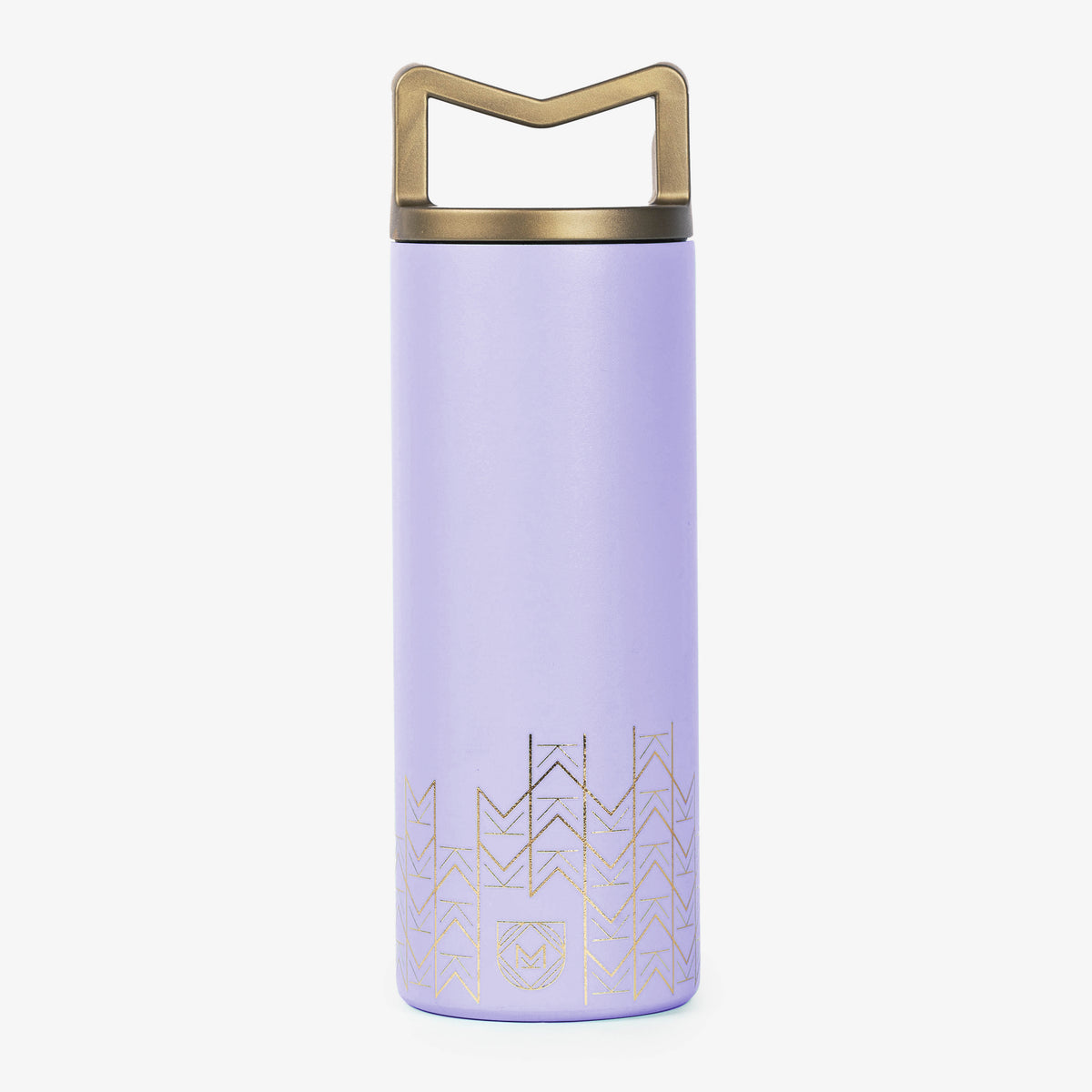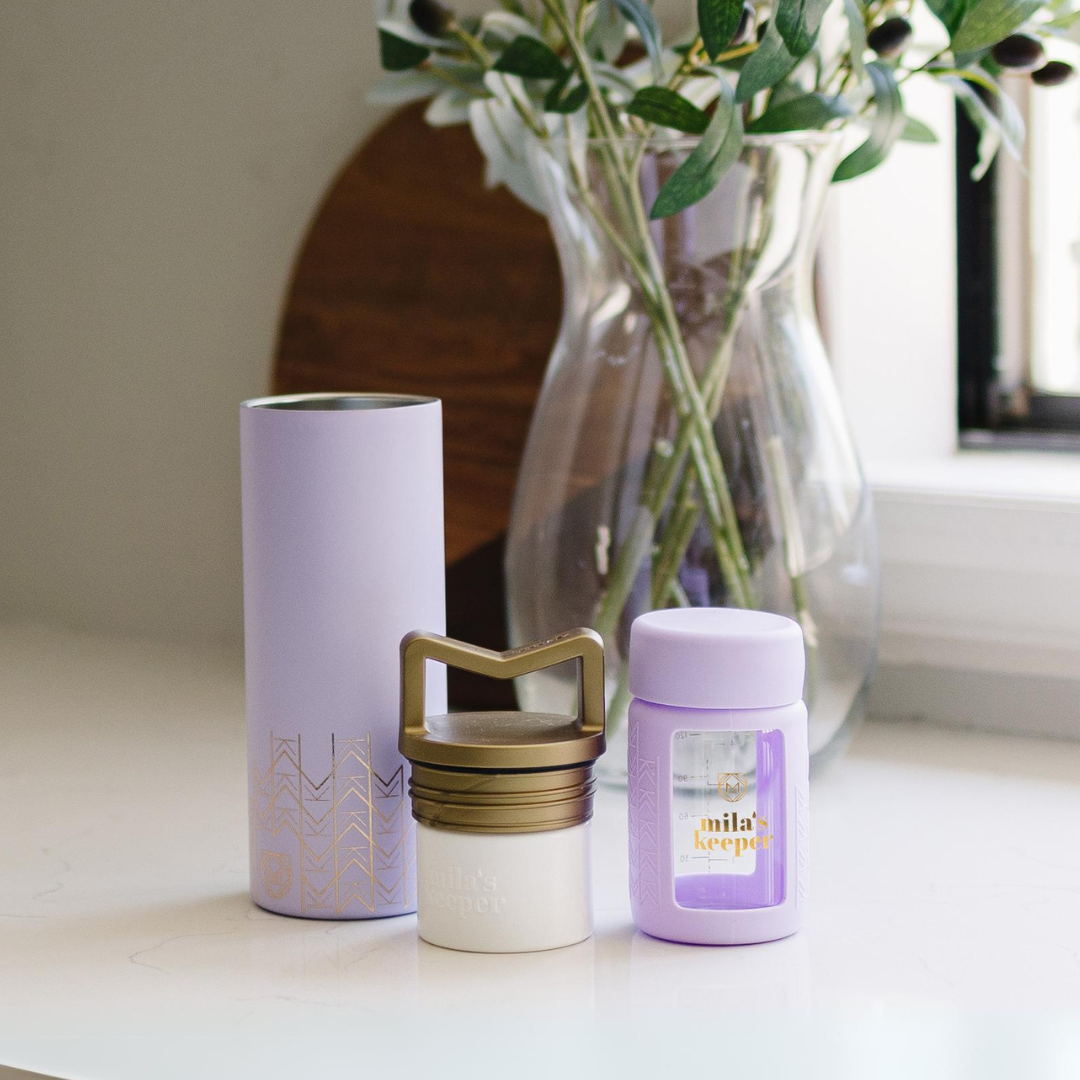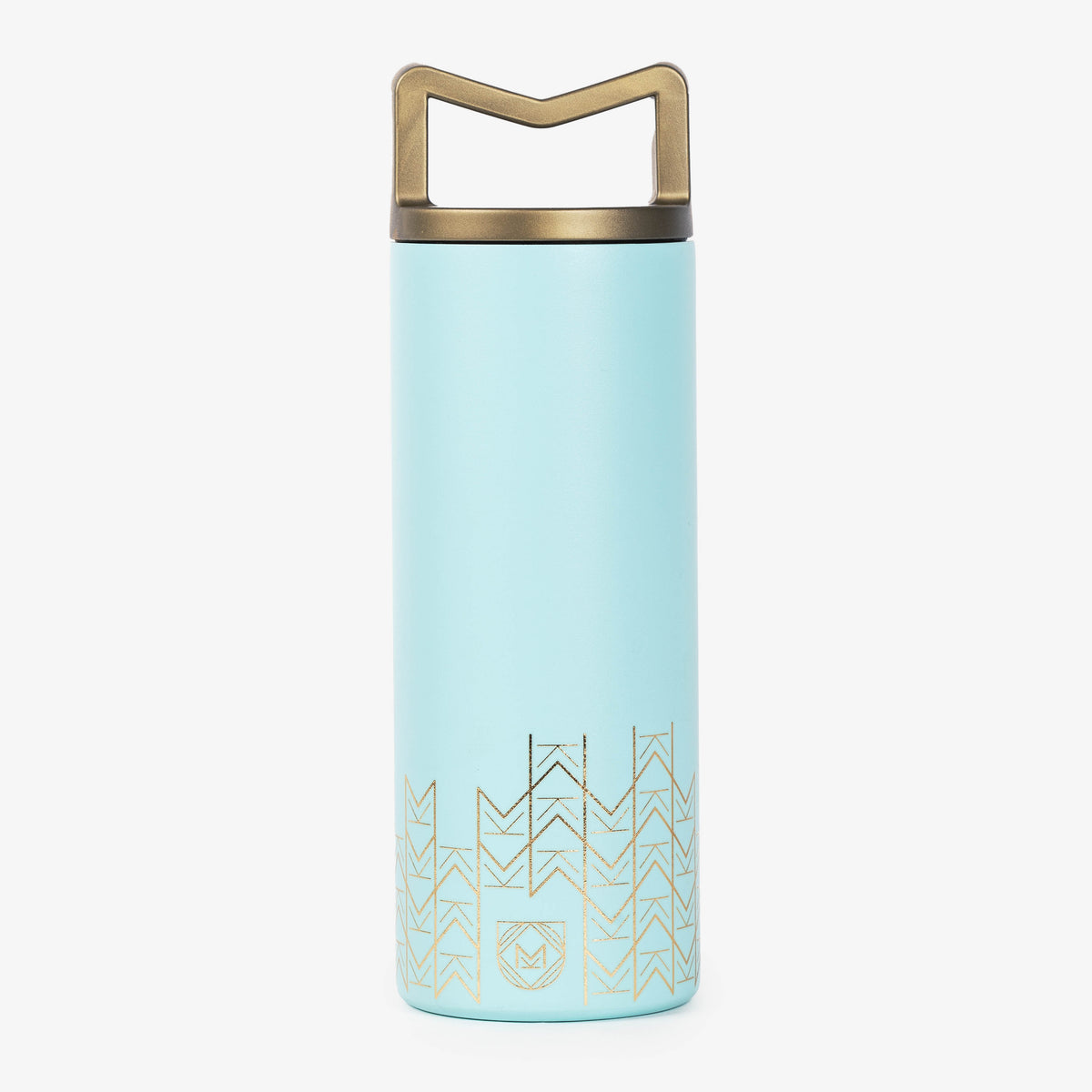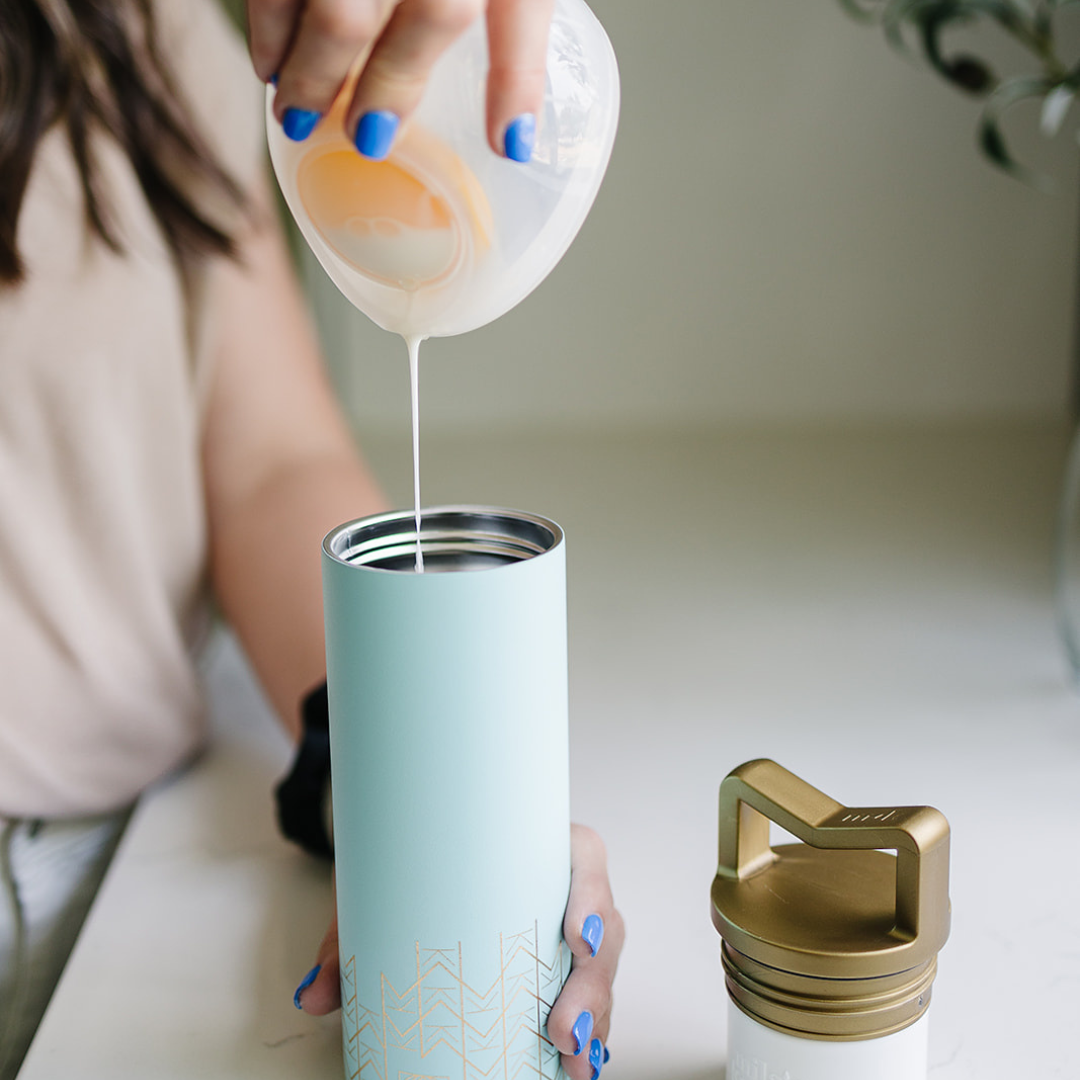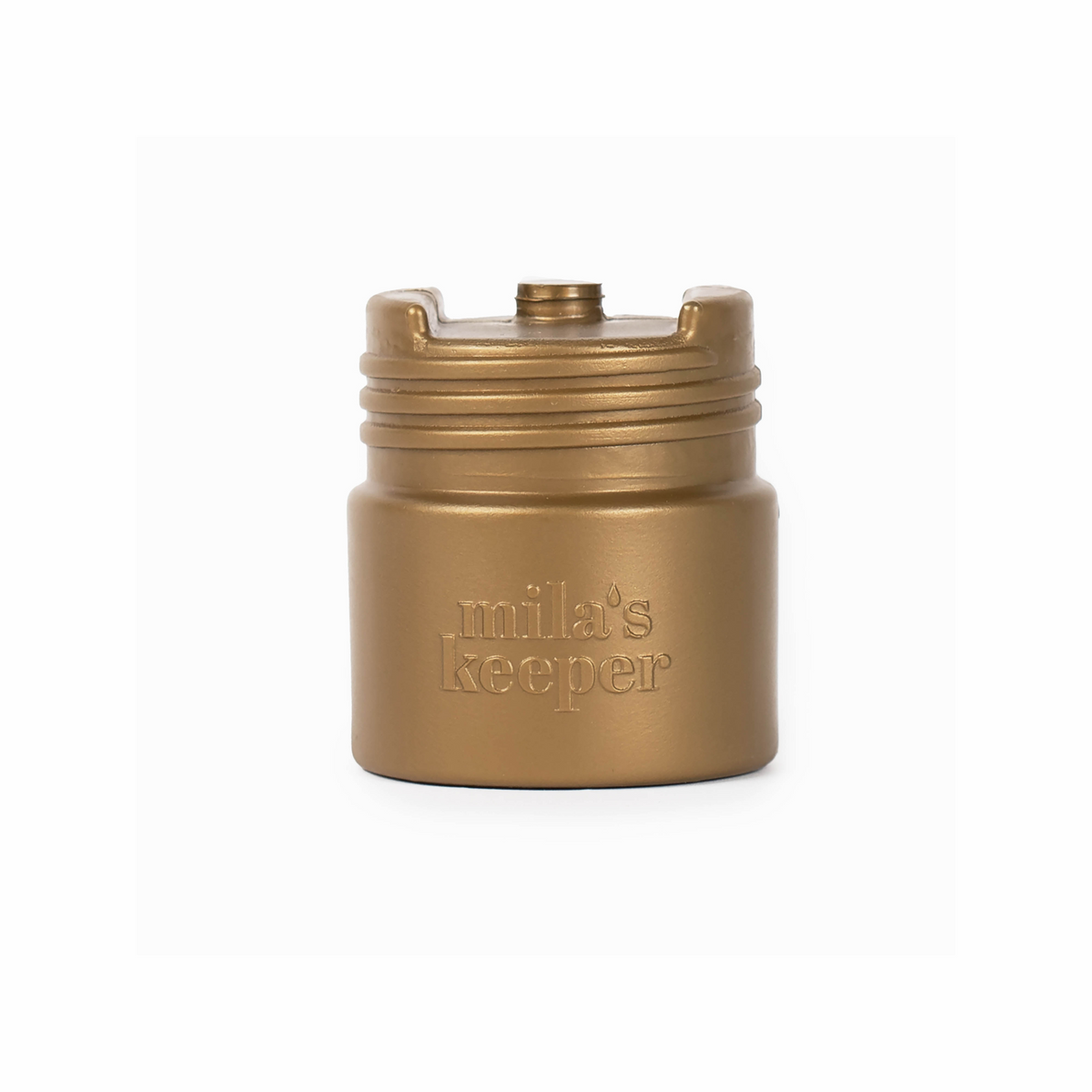Breastfeeding is a beautiful and intimate journey that many mothers embark upon, forging an unbreakable bond with their babies while providing essential nourishment and comfort. The wonders of breastfeeding are often celebrated, and rightly so, as it offers countless benefits for both infants and mothers. In fact, the American Academy of Pediatrics (AAP) now recommends breastfeeding for the first two years of a child's life. However, what's not always discussed openly is the intricacy of weaning—the process of stopping breastfeeding.
As a parent, you may find yourself at a point where you're ready to transition away from breastfeeding, but your little one may not be quite on the same page. Weaning can be a unique and sometimes challenging experience, filled with questions, uncertainties, and the need for thoughtful guidance. Whether you're contemplating the end of your breastfeeding journey due to personal choice, medical reasons, or because it's the right time for you and your baby, rest assured that you are not alone in this journey. In this comprehensive guide on how to stop breastfeeding, we'll provide you with the information, tips, and support you need to navigate this emotional and transformative process with confidence and grace. Together, we'll explore various methods, address common challenges, and prioritize the well-being of both you and your child during this important phase of parenthood. So, if you're wondering when and how to stop breastfeeding, read on for valuable insights and practical advice to help you and your little one through this transition.
How to Stop Breastfeeding
Deciding when to stop breastfeeding is a highly personal choice that depends on various factors. There’s no one-size-fits-all answer, and the decision should ultimately be based on what works best for you, your baby, and your unique circumstances.
Most breastfeeding mamas will want to stop nursing before their little one naturally weans. When it comes to natural weaning, most kiddos usually stop nursing somewhere between two and four years old. This might come as a surprise to you because in Western cultures some folks still aren't comfortable with this idea, which leads to many mamas who breastfeed older kids to discreetly nurse in private. Which in turn fosters a lack of awareness regarding extended breastfeeding.
Before we get into the hows of weaning, take a minute to consider why you’re weaning. If you’ve met your breastfeeding goals, that’s great! If you had intended to breastfeed for longer, let’s quickly make sure you’ve exhausted all other avenues.
There’s a lot of help available to nursing moms that need it. Check with your pediatrician to find a local support group or look into finding a lactation consultant. If your decision to stop short of your goal is due in part to a lack of support from your partner or those close to you, make sure they know how important it is to you and let them know how they can support you. If you’re having a hard time pumping while at work, make sure you know your rights and how to advocate for yourself.
Another thing to think about when weaning is the discomfort you can go through during the process. Make sure you prepare yourself for the challenges you might encounter. You might want to look at your calendar and find a couple of weeks where you can devote yourself to the process.
Keep in mind that you can experience some physical discomfort, like engorgement. As you reduce breastfeeding sessions, your breasts may become engorged, leading to discomfort and even pain. This occurs because your body continues to produce milk, even when you don't want it to.
Prepare yourself also for the emotional toll weaning can take on you. Breastfeeding creates a strong emotional bond between you and your baby. The process of weaning can be emotionally challenging for both you and your child. Feelings of sadness, guilt, or anxiety are common during this transition. Look into some ways that can put you at ease about severing this connection.
Some babies may resist the transition away from breastfeeding, especially if they have developed a strong preference for it. They may become fussy or refuse bottles or other feeding methods. It can prove very challenging to refuse to nurse a demanding baby, so prepare yourself for a more complicated transition if you think this might be your case.
Preparing for Weaning Breastfeeding
Okay, so if you’re sure you want to stop breastfeeding before it stops naturally, you’re going to need a game plan. Before you begin, make sure you're clear on your reasons for stopping breastfeeding. Whether it's due to personal choice, medical reasons, returning to work, or your baby's age, having a clear intent can help you stay committed to the process.
If you’re weaning a baby under 12 months, you’ll need to supplement with formula. If you’ve been exclusively breastfeeding, you’ll need to stock up on some new supplies. Figure out which formula you want to use and look into any specialized equipment you might want, like automatic formula makers or instant formula warmers. Any breast milk storage containers you have can be used for formula as well, so those won’t need to be replaced.
If you’re going to wean at an age when your little one can start eating solids, time it so that you can swap breastfeeding for fun new foods. If you want to make your own baby food, get any tools and food that you need so that you’re all ready to go.
Moms, your body is a remarkable thing. It will adjust to the changes, but remember that stopping breastfeeding might bring hormonal shifts. Be prepared for possible mood swings and give yourself grace during this time.
Techniques to Stop Breastfeeding
In most cases, gradual weaning is recommended to minimize discomfort for both you and your baby. This involves gradually reducing the number of breastfeeding sessions over a period of time. The Office of Women’s Health (OASH) recommends eliminating just one nursing session at a time over a few days. If you are attempting to stop nursing altogether, this would mean it could take several weeks to wean completely. You’ll want to begin by dropping the feedings that your baby seems least attached to. For many babies, this might be daytime feeds or feeds before naps.
When you’re removing a breastfeeding session, try introducing a new, fun activity to do during the time you’d usually be breastfeeding. So if you’re going to do away with your usual 10 a.m. feeding, turn that into designated music time. Put on some kid songs and sing along while shaking some baby maracas. Or if your little one enjoys being outside, head out for a walk or jog during that time.
The same thing goes for replacing breast milk with formula. Obviously, not everything is under your control, but if you’re able to, replace breastfeeding with formula gradually. Instead of abruptly removing breastfeeding altogether, replace one session at a time with a bottle of formula. This makes the transition less shocking for your baby and gives your body time to adjust as well.
If your little one is too upset and won’t take a bottle from you, get your partner or a friend to give them the formula bottle for you. This might mean working around somebody else’s schedule to find the best feeding to swap out for formula.
While quitting cold turkey isn’t recommended, sometimes it’s what you have to do. In this case, try and dry up your breast milk, steady yourself for a hormonal crash, and just hope for the best. This is probably the tougher option for you, your body, and your baby, so have your support network on hand to help you through the bumps along the way.
Breastfeeding isn't just about nourishment; it's about comfort too. Make sure to offer extra cuddles, hugs, and attention to your little one during this transition. Your comforting presence can make all the difference, and it might be what you need too.
Weaning can be emotionally challenging for both you and your baby. Reach out to fellow moms, friends, or online communities for support and advice. Sometimes, all you need is a listening ear from someone who understands.
How to Dry Up Breast Milk
If you want to try and dry up your breast milk, you have a few different methods to try. Just be sure to consult with a healthcare professional to make sure the following suggestions are right for you.
Your doctor might discourage the use of certain decongestants while you’re breastfeeding, but if you’re trying to dry up your breast milk it might be just the thing they tell you to try. Decongestants that contain pseudoephedrine or phenylephrine are known to reduce breast milk production in some women. These medications work by narrowing blood vessels, including the ones in the breasts, which can reduce blood flow to the mammary glands and potentially lead to a decrease in milk supply. So if this is the route you want to take, get yourself to a pharmacy and get some sudafed- just make sure it’s the stuff they keep behind the counters.
Another thing Doctors avoid prescribing to breastfeeding women is estrogen-based forms of birth control. Estrogen can inhibit the hormone prolactin, which plays a crucial role in milk production. Prolactin is responsible for stimulating milk production in the mammary glands. When estrogen levels are elevated (as they are with estrogen-based contraceptives), it can interfere with the body's ability to produce prolactin in sufficient amounts. This is why women are typically prescribed progesterone-only forms of birth control after giving birth. However, if your goal is to dry up your milk production, speak to your doctor about switching over to an estrogen-based form of birth control.
Other, less scientifically studied methods of reducing breast milk production involve taking herbal supplements. Sage is widely touted for its drying properties, which can extend to its potential effect on lactation. While it’s not known how exactly it reduces breast milk production, it’s believed that sage contains compounds that may decrease the hormone prolactin. By potentially reducing prolactin levels, sage could slow down milk production. You can take the sage that you keep in your cupboard, make it into a tea, or buy supplements at a health food store.
Applying cold cabbage leaves to your breasts is another homeopathic option to try that has been known to decrease breast milk supply. Applying cold cabbage leaves to your breasts might sound a little unusual, but many swear by its effectiveness.
While you're drying up your milk, keep an eye out for any signs of mastitis or other breast-related issues. If you notice any redness, swelling, or pain, don't hesitate to reach out to your healthcare provider.
Coping with Discomfort
If you're experiencing discomfort, over-the-counter pain relievers can be your lifesavers. Always check with your healthcare provider before taking any medications, especially if you're still breastfeeding or pumping.
If you find yourself in real discomfort, express a little breast milk to relieve the pain, but not too much. You want to avoid stimulation as much as possible, so keep it to the bare minimum.
Put on a supportive bra and keep your heating pad handy. The warmth from a heating pad can help relax the breast tissue and alleviate pain and discomfort associated with engorgement. Apply the heating pad to your breasts for about 15-20 minutes at a time, several times a day, as needed.
If you're experiencing intense or severe breast pain that isn’t improving with home remedies, it's essential to consult with a healthcare provider. This could be a sign of an underlying issue, such as mastitis (a breast infection), which may require medical treatment, such as antibiotics.
What About Weaning a Toddler?
Weaning a toddler is a bittersweet journey, a delicate balance of nurturing independence while cherishing the bond that breastfeeding has fostered. As toddlers grow and develop, their nutritional needs change, and so do their desires for comfort and connection.
With an older child like a toddler, talk to them about the change that’s happening. Explain the weaning process in simple terms that your toddler can understand. Let them know that you love them just as much, even without breastfeeding.
Continue to offer physical closeness, cuddles, and hugs. Physical touch can help replace the comfort of breastfeeding. Turn what would have been a breastfeeding session into a story time or quiet time with back rubs.
Create a routine to replace breastfeeding times with snacks, meals, or engaging activities.
Celebrate each step of the weaning process as a positive milestone for both you and your toddler.
Emotional Considerations
Weaning is more than just the end of breastfeeding; it's a significant transition in your child's life that calls for patience, understanding, and love. While it can evoke a mix of emotions in both child and parent, it's a natural step in a child's development and a beautiful reminder of the growth that comes with parenthood. Embrace this newfound phase of independence for both you and your child. Your strong bond, nurtured through breastfeeding, will now flourish in new and exciting ways as you witness your little one's growth and exploration.
Weaning can understandably be an emotional time for many mamas, and if you or those around you think that weaning is taking a heavy toll on you, talk to your doctor about how you’re feeling so that you can get some more guidance on how to navigate this big adjustment.
Thrive Throughout Your Breastfeeding Journey with Mila’s Keeper
Remember that every mother-baby pair is unique, and what works for one may not work for another. Trust your instincts, be gentle with yourself and your baby, and don't hesitate to seek professional help if you encounter significant challenges or concerns during the weaning process.
Breastfeeding is an amazing adventure, but all good things must come to an end. We're here to help you with your breastfeeding journey in any way that we can- even if it's to end it!
Keep Reading related blog: 9 Reasons Why You Should Speak With A Lactation Consultant
A female-designed and female-run company, Mila's Keeper is on a mission to empower women to thrive during their breastfeeding journey by offering reusable, eco-friendly breast milk storage solutions for their day-to-day needs. Get the latest tips and info on Mila's Keeper products by following us on Facebook, Twitter, Instagram, Pinterest, and LinkedIn.

